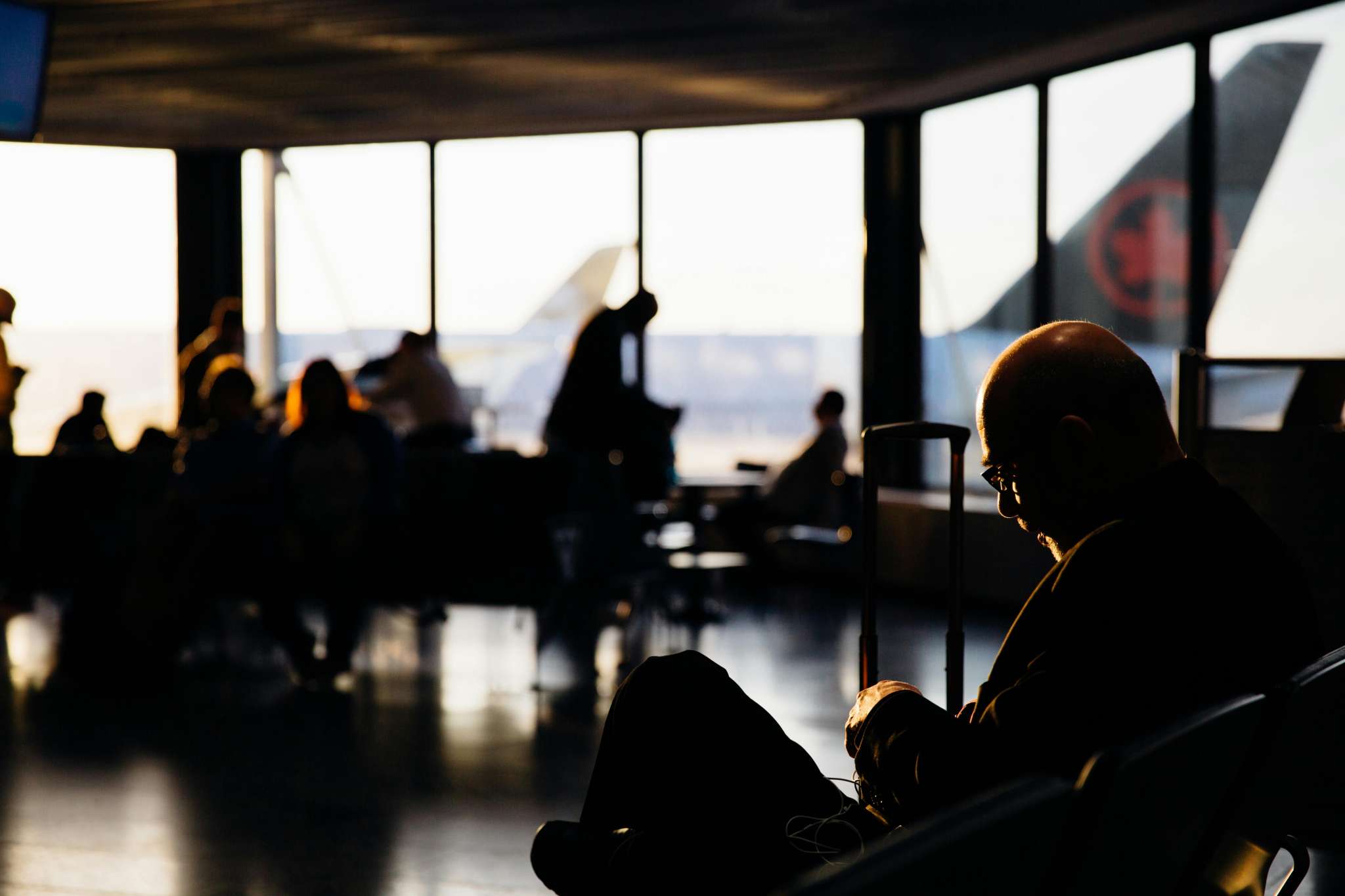Table of Contents
Once symbols of calm and privilege, airport lounges have become busier, louder and a little too ordinary. The question is whether they still deliver the luxury they promise.
You notice it before you’ve even dropped your bag. The air smells of coffee that’s been sitting a while and the last round of scrambled eggs, while the low sound of someone asking about Wi-Fi drifts across from the counter as a boarding call echoes in the distance.
At Heathrow’s Terminal 5, the queue for the Club Aspire Lounge bends back toward security, while in Dubai people hover by the buffet waiting for a seat to free up. Even at Changi in Singapore, usually the picture of order, there’s a restlessness that never used to be there, the low shuffle of trays mixing with the steady hum of travellers passing time.
Lounges were once a reward for getting somewhere in life. The lighting was soft, the voices low and there was space to breathe before boarding. These days, they feel more like extensions of the terminal, only with marginally better coffee and nowhere to sit.
How Exclusivity Slipped Away
The crowding didn’t happen overnight. When airlines realised comfort could be sold, exclusivity started to slip. Priority Pass and LoungeKey turned a rare privilege into a common perk. Credit cards began bundling entry as a sign of status, and soon anyone willing to pay could walk in. Delta, British Airways and Emirates made it official with access partnerships across thousands of flights. What sounded democratic in theory turned out to be chaotic in practice. The peace and quiet people paid for began to disappear one full lounge at a time.
Some airports now limit how long you can stay, while others quietly raise prices to thin the crowd. American Express Centurion Lounges in Dallas and Miami have introduced entry holds during rush hours, and Qatar Airways’ Al Mourjan Lounge in Doha has replaced sit-down service with buffets just to keep up.
Comfort, but at What Cost?
A few lounges still remind you why the idea took off in the first place. Lufthansa’s First Class Terminal in Frankfurt still feels like a private club, and Finnair’s Platinum Wing in Helsinki offers a proper meal and a drink that tastes earned. But most passengers walk in hoping for something simpler, a steady internet signal and maybe a free chair near a plug point before boarding begins.
The Wi-Fi becomes the great leveller given that travellers scroll through travel plans, reply to work messages or stream a show before the gate number flashes. Others browse sites that pass the time, from news feeds to travel guides or pages comparing licensed gaming platforms. As explained by SportsLine, you can find clear, regulated information there on reputable casino platforms in the United States, with reviews that help users understand where and how real-money games are legally available. It is one of countless corners of the internet people wander through while waiting for their next call to board, each searching for a small pocket of focus in a place built on distraction.
Part of the problem is psychological. Lounges trade on the idea of privilege, that feeling of stepping beyond a rope into somewhere better. But when access becomes too easy, the illusion fades. You see it in the faces of frequent fliers who realise they have paid for the same buffet as everyone else. You feel it when you wait ten minutes for someone to finish charging their phone so you can take their seat.
Where Travellers Go When Lounges Let Them Down
Plenty of people have stopped bothering. They head straight to the restaurants or co-working corners that have taken over the quieter parts of terminals. At Heathrow, Gordon Ramsay’s Plane Food fills up with passengers who would rather order eggs Benedict than queue for another buffet. In New York, the TWA Hotel at JFK has turned its rooftop pool into the city’s most unusual pre-flight waiting room.
The idea of what an airport should feel like is shifting. Istanbul’s vast new terminal has built open lounges that look more like cafés, while Seoul Incheon has redesigned waiting zones around shared dining areas.
Startling figures from ACI World show global passenger traffic hit a record 9.4 billion in 2024, and that airports are now adding premium areas and amenities to cope with the surge in travel.
The Search for Stillness Between Flights
If you fly often, you start to realise that calm rarely comes from velvet ropes; it comes from knowing where to sit, when to move and how to block out the noise. Sometimes that peace is a corner café, sometimes a walk to an empty gate. The rhythm of travel is its own comfort once you stop chasing exclusivity.
New ideas are surfacing too. Tokyo Haneda now rents micro-cabins where you can nap between flights. Amsterdam Schiphol has installed private rest pods near its main concourse and Doha’s Hamad International offers quiet rooms you can book by the hour. Real comfort may be returning, only in smaller, more personal ways.
So, have airport lounges lost their exclusivity? Perhaps. But they have gained something else: accessibility. The trade-off between calm and crowd is one that modern travel can’t escape. Whether that is worth the entry fee is up to you.


